Blair Spittal believes the mid-season sales of Stuart Armstrong and Gary Mackay-Steven was a blow his Dundee United career never recovered from.
Spittal signed up as a United player in the summer of 2014, joining a promising side packed with young talent.
Aged just 18, he arrived at the club as Andy Robertson and Ryan Gauld’s big money moves to Hull City and Sporting Lisbon were being finalised.
Under Jackie McNamara’s management, the Tangerines enjoyed a flying start to the season, with Spittal picking up priceless experience along the way.
But after Armstrong and Mackay-Steven moved to Celtic on deadline day of the mid-season transfer window, United’s fortunes took a huge turn.
After winning only three games in the second half of that campaign, the Tangerines ended up being relegated the following year.
And looking back, Spittal, now at Hearts, accepts that he wasn’t yet ready to carry the burden of replacing so many top players.
“My first year at Dundee United was really good, up til about January,” he told the Open Goal podcast.
“That was when Gaz (Gary Mackay-Steven) and Stuart (Stuart Armstrong) were there. They left in the January then [I] came in [to the team more].
“I was there from the start of the season but [I] was kind of getting taken in and out.
“Jackie (McNamara) was really good in terms of he knew the games to put you in and when to take you out; looking after you.
“Then, when they (Mackay-Steven and Armstrong) left, we never really replaced them.
“We kind of weren’t ready. They were really good to learn off at the start of that season. Obviously, they were only 23, 24.
“But we’re young boys; I’m going in full-time for the first time. I’ll admit that now – I wasn’t ready physically, to deal with it.
“The second season was really good for me – I played a lot more – but we ended up getting relegated, which was horrific for the size of club [United are].
“It got a bit toxic, to say the least.”
Discussing the dressing room environment during his time at the club, Spittal highlighted senior professionals John Rankin and Sean Dillon as top team-mates.
And when host, former Dundee midfielder Simon Ferry, raised Rankin’s commitment to his diet, Spittal responded to an incredible revelation about the former Tannadice midfielder.
“Ranks’ diet… incredible. He only gets one McDonald’s a year. Last day of the season he has it,” said Ferry.
Spittal added: “Last game of the season, he comes in with a chocolate bar and has it ready [for full time].
“His McDonald’s order is five orders in one. It’s mental. But unbelievable to learn off guys like that. He’s a top pro.”
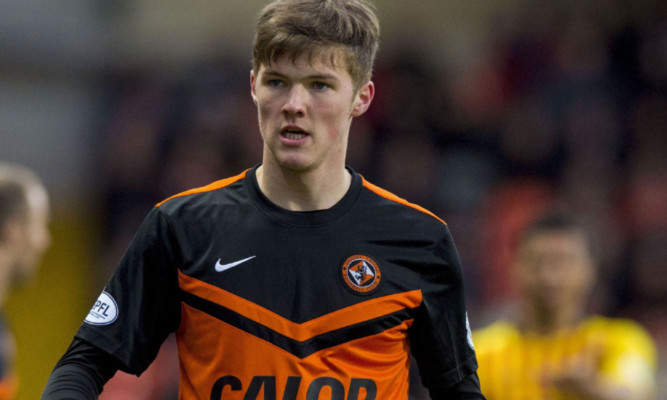
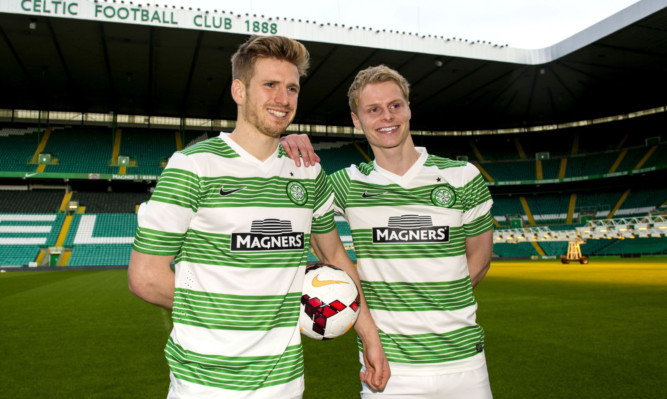
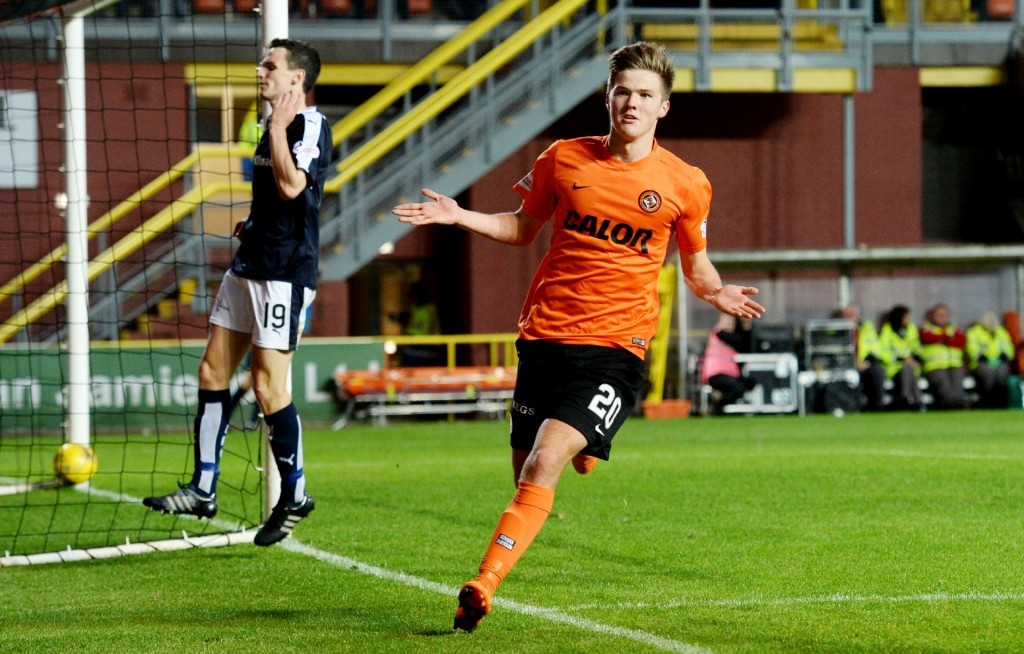
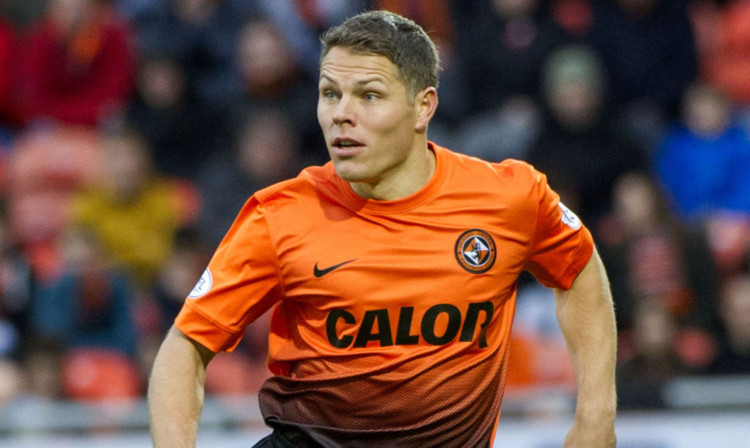
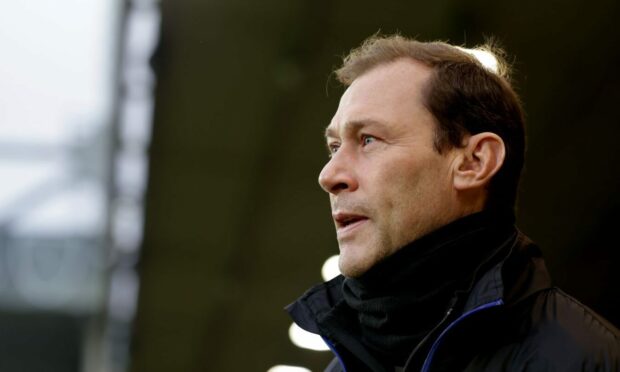
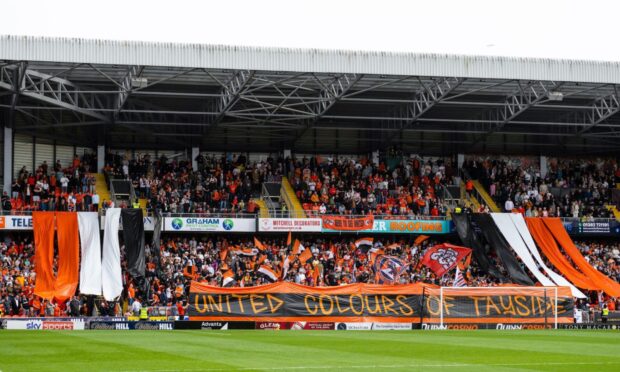
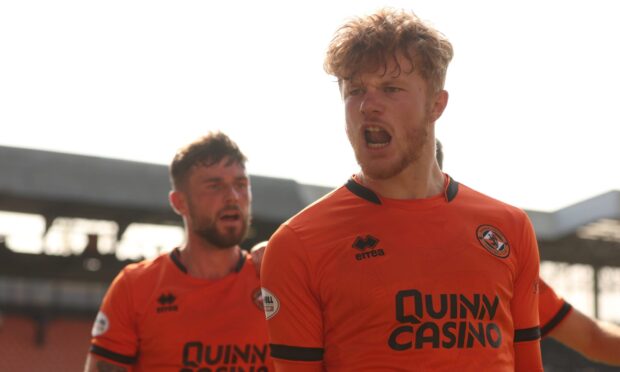
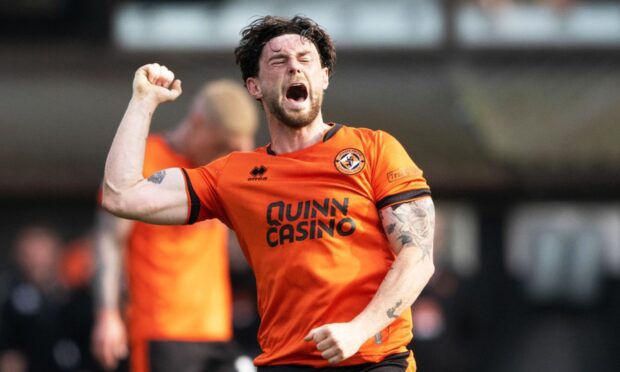
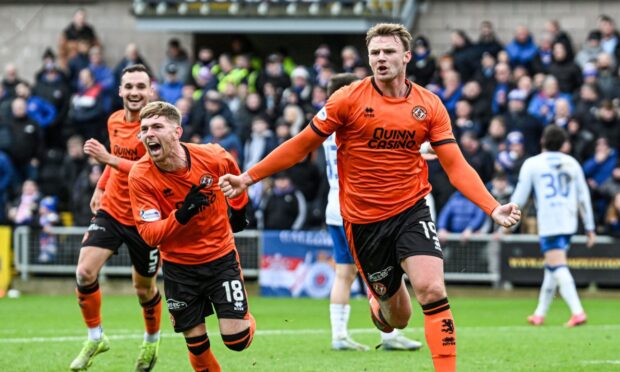
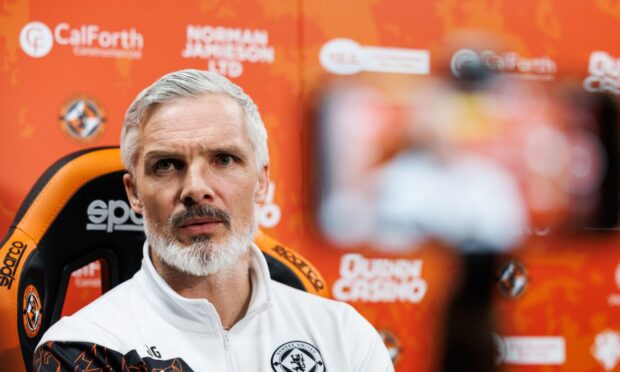
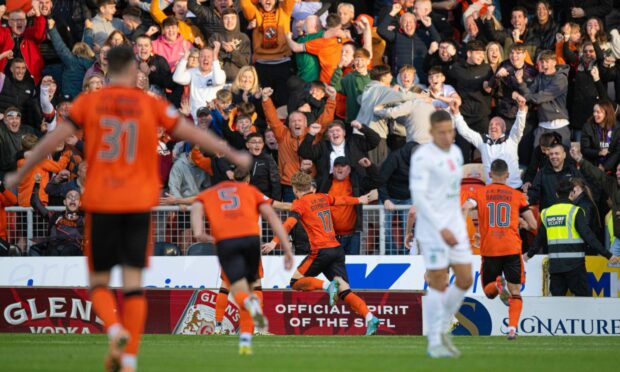
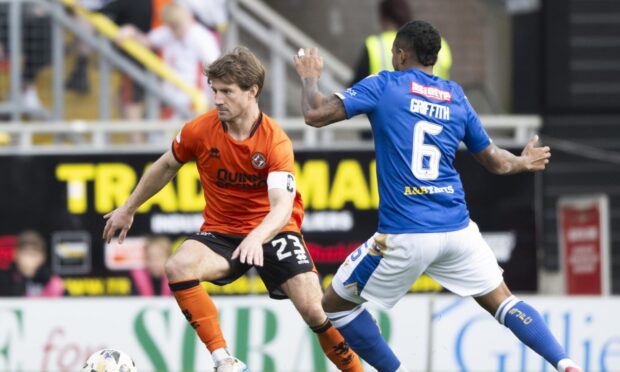
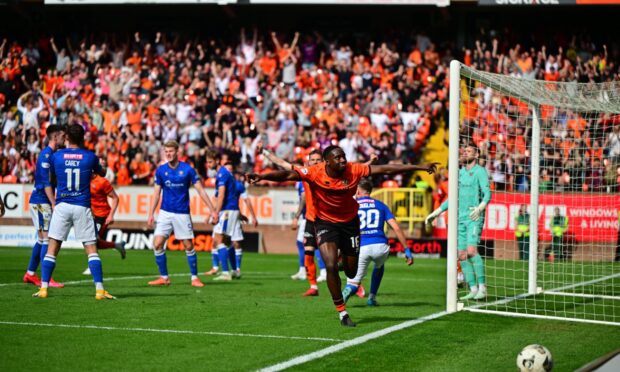
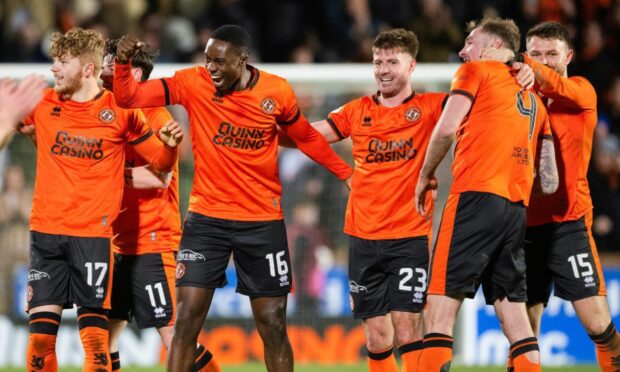
Conversation